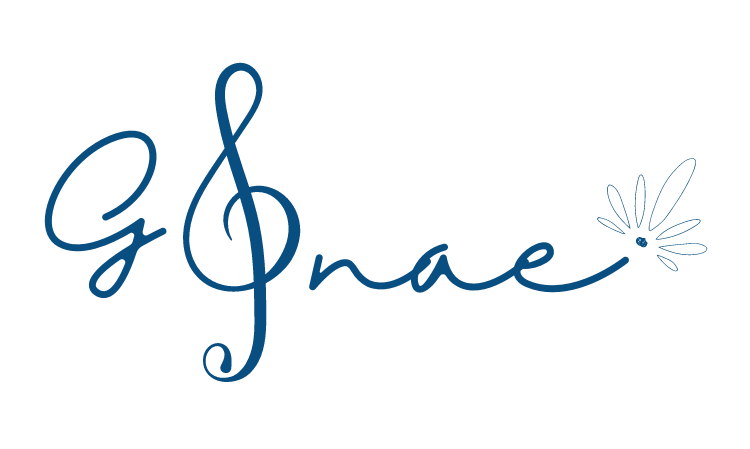Our Programs
We have a wide range of musical, vocal, and theory programs for all ages, at Golnar Academy
Step 1: level Evaluation
Whether you are a beginner or a pro, we start your musical journey with our evaluation. During this time, we'll together learn about
your experience, and discover your interest, and potential.
Step 2: Matching with an instructor
After your evaluation, we suggest the program and the instructor that best fit your journey. However, students are free to always select their own.
Step 3: Starting your program
You are now all set to start your lessons, and use all the tools that'll be provided to you to excel at your learning.
full range of services for all of your Musical Needs
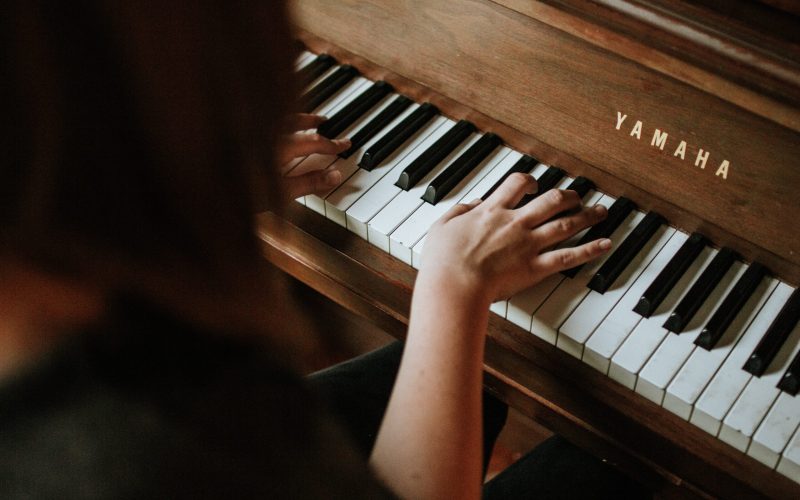
Piano
ABOUT PIANO: The piano (or pianoforte) is a musical instrument with a keyboard. A normal piano has 88 keys. It uses the keys to move hammers that hit strings inside, making a sound. It come in two basic types: grand pianos and upright pianos. The piano has been an extremely popular instrument in Western classical music since the late 18th century.
The piano was invented by Bartolomeo Cristoffori of Padua, Italy. He made his first piano in 1709. It developed from the clavichord which looks like a piano but the strings of a clavichord are hit by a small blade of metal called a “tangent”. In the piano the strings are hit by a block of wood called a hammer. The early keyboarded instruments, such as the clavichords, harpsichords and organs that were used at that time, had a much shorter keyboard than they do today. Gradually the keyboard became longer until it had the 88 notes (7 octaves plus three notes) of the modern piano).
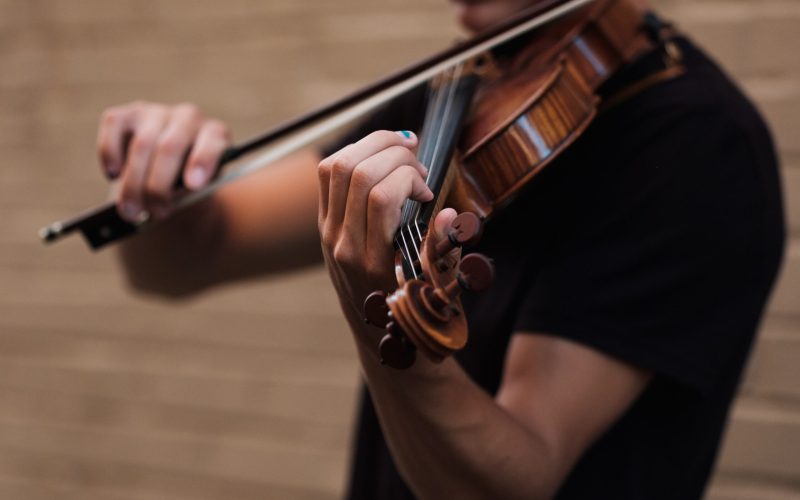
Violin
ABOUT VIOLIN: The violin is a string instrument which has four strings and is played with a bow. The strings are usually tuned to the notes G, D, A, and E. It is held between the left collar bone (near the shoulder) and the chin. Different notes are made by fingering (pressing on the strings) with the left hand while bowing with the right. Unlike guitar, it has no frets or other markers on the fingerboard.
The violin is important in European and Arabian music. No other instrument has played such an important part in Europe. The modern violin is about 400 years old. Similar string instruments have been around for almost 1000 years. By the time the modern orchestras started to form in the 17th century, the violin was nearly fully developed. It became the most important orchestral instrument - in fact, nearly half of the instruments in the orchestra is made up of violins, which are divided into two parts: "first violins" and "second violins".
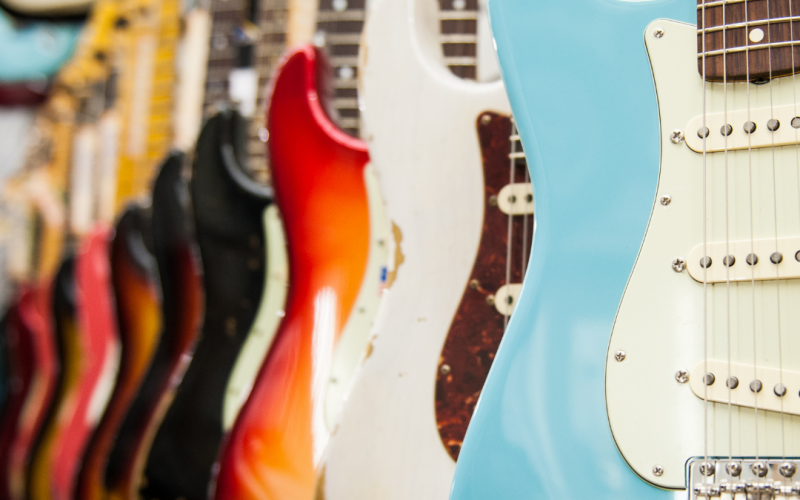
Guitar
ABOUT GUITAR: The guitar is a string instrument which is played by plucking the strings. The main parts of a guitar are the body, the fretboard, the headstock and the strings. Guitars are usually made from wood or plastic. Their strings are made of steel or nylon.Guitar-like plucked string instruments have been used for many years. In many countries and at many different time periods, guitars and other plucked string instruments have been very popular, because they are light to carry from place to place, they are easier to learn to play than many other instruments.
Guitars are used for many types of music, from Classical to Rock. Most pieces of popular music that have been written since the 1950s are written with guitars.
There are many different types of guitars, classified on how they are made and the type of music they are used for. All traditional types of guitar have a body which is hollow. This makes the sound of the strings louder, and gives the guitar its quality. This type of guitar is called "acoustic". (An acoustic instrument is one that makes its own dynamics.)
From the 1930s, people started making and playing guitars that used electricity and amplifiers to control the loudness. These guitars, which are often used in popular music, are called electric guitars. They do not need to have a hollow body. This is because they do not use acoustics to amplify the sound. At Golnar Music Academy, we teach you both acoustic & electric guitars!
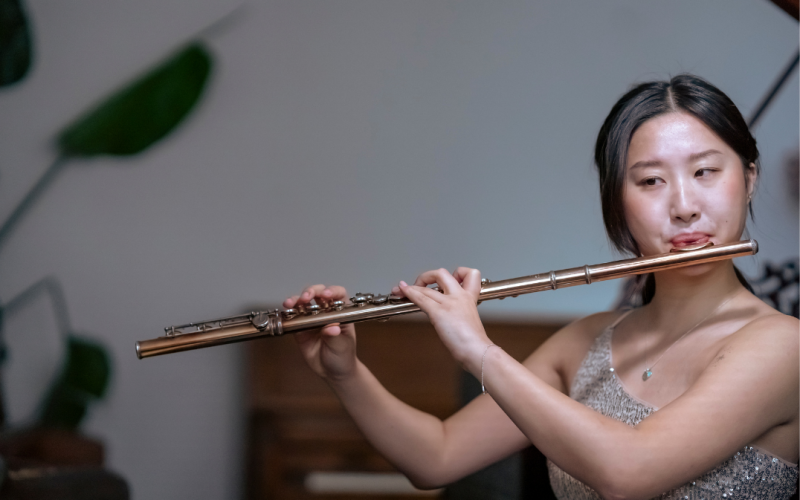
Flute
ABOUT FLUTE: There are many kinds of flutes with many variation of the sound. The most common concert flute is on C tuning. In addition, there are other flutes like piccolos, alto flutes, and bass flutes.
Flute is one of the woodwind instruments, but flute is made of metal. It was made of wood a long time ago. It doesn't need lip vibration like brass instruments. Flute players hold it flat, and make a sound by blowing their breath over the edge of the hole of flute's head. Flautists can change the pitch by pushing buttons or changing the direction of the breath. These buttons are called keys. The breath also can change the tone or the volume. The sound of flute is high, so composers often express it as a bird. And a flute matches with many instrument like violin and piano.
Flutes have changed over time. Pan flutes were made for many centuries. Later, the "Renaissance flute" came into use. In Baroque music 'flute' means recorder, so flute was called traverso in order not to confuse them. A Bavarian flute maker named Boehm reformed past flute largely to enlarge the volume and improve the way of using the chromatic scale. Later improvements created the modern flute.
There is a large repertoire of music for the flute. Baroque composers used them in their orchestras, usually in pairs, and composed concertos, chamber music and solo music for them, and this has continued to the present day.
Tonbak
ABOUT TONBAK: The rhythm of Persian traditional music is set by Persian drums. Tombak (or tonbak) is one of these drums. Tombak is a percussion instrument under the membranophone family. It is also known as “Zarb” which means beat. It is a goblet-shaped, wooden drum with a richer sound compared to the frame drums. They are mostly used in folk and entertainment music. The drum is made from a single block of walnut, ash or mulberry wood. The skin stretched on the top may be goatskin, camel skin, calfskin etc.
It is considered the principal percussion instrument of Persian music. The tombak is normally positioned diagonally across the torso while the player uses one or more fingers and/or the palm(s) of the hand(s) on the drumhead, often (for a ringing timbre) near the drumhead’s edge. Sometimes, tombak players wear metal finger rings for an extra-percussive “click” on the drum’s shell. Tombak virtuosi often perform solos lasting ten minutes or more.
SantUr
ABOUT SANTUR: Santur/Santoor was originated from Iran. The original santur was made with tree bark and stones, and strung with goat intestines. The Mesopotamian santur has been claimed to be the father of the harp, the Chinese yangqin, the harpsichord, the qanun, the cimbalom, and the American and European hammered dulcimers. Santoor is a musical instrument that belongs to both string and percussion groups made with walnut and similar exotic trees. Santoor (also spelled as Santour or Santur) is the Persian dulcimer played with two light hammers (mezrâb) by striking the strings. The oval-shaped Mezrabs (mallets) are feather-weight and are held between the thumb, index, and middle fingers.The right-hand strings are made of brass or copper, while the left-hand strings are made of steel. A total of 18 bridges divide the santur into three positions. Over each bridge cross four strings tuned in unison, spanning horizontally across the right and left side of the instrument.
Setar
ABOUT SETAR: Setar is a Persian musical instrument with an interesting story. It has a pear shaped body. Although the word “setar” means three strings in persian, a modern setar has four strings. First Setars had three strings but 150 years ago a fourth one was added by a famous setar master Moshtagh Ali Shah. The fourth string gave Persian Setar a better sound and players a possibility of more complex tuning alternatives.
In modern Iran, Setar is considered to be the supreme instrument of Persian classical music. However, it was almost forgotten during the nineteenth century. It took almost 100 years to gain its popularity back. During that era, the increased popularity of other instruments shadowed the reputation of Setar. However, the new enthusiasts of Persian music started to perform with Setar again. In the late 1970s, new generation of classical music performers explored Setar’s power and brought it back to public attention once again.
Kamanche
ABOUT KAMANCHE: Persian Kamancheh (Kamanche or Kamancha) is a highly esteemed instrument of Persian music. It captures the listeners with its moving sound. Persian Kamancheh is used for light music (motrebi) and it is the only bowed string instrument in the classical tradition of Iran. It produces a soft, beautiful timbre and due to their technical possibilities, they can be used as a solo and also an ensemble instrument. Kamancheh is a spike fiddle with a solid bowl made of walnut or maple. There are four strings on it, namely E, A, D and G. The “classic kamancheh” is a small fretless instrument with a length of 40-41 cm, a width of 14-15 cm, and played with fingernails. The half-pear-like body, the elliptical ‘head’, and the ‘neck’ of the stem are made by carving and carving from a single piece of wood. The tail wedge is placed on the left knee and the strings of the kamancheh are held in a vertical position by leaning against the chest or placed between the two knees.
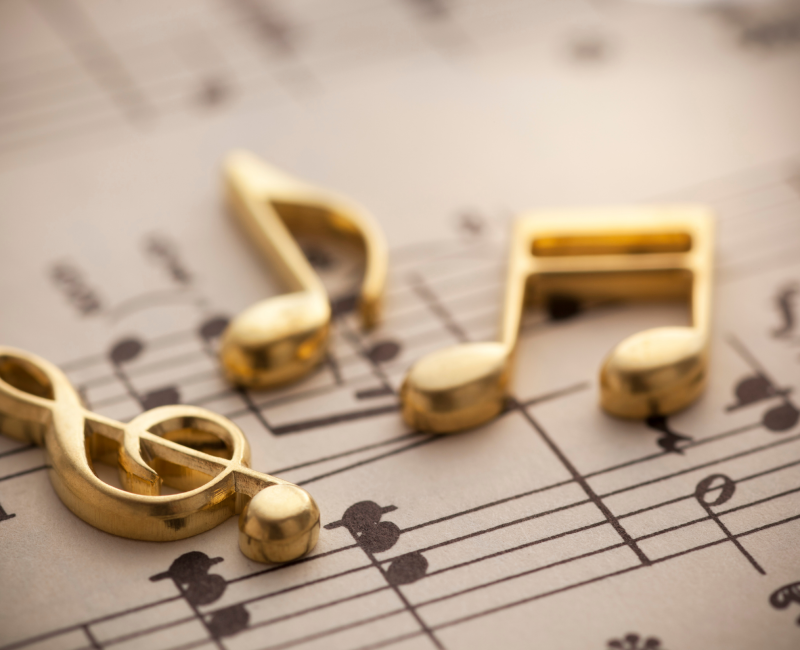
Vocal
Whether Persian or classical, our skilled, diverse vocal instructors get you one step closer to achieving your musical goals through our custom voice training session. Singing lessons are available to students of any age or level. This program helps students develop their singing abilities through specific vocal tools and techniques

MUSIC THEORY & HARMONY
Understanding music theory concepts is the key to progressing on your instrument, and at Golnar academy we offer all grades of theoretical classes including ear training, dictation, interval and chord recognition, and keyboard harmony that are all carefully designed & incorporated in our programs.
Classical Instruments
The classical music era is usually seen as the years between approximately 1750 and 1820. Famous composers from the classical period include Joseph Haydn and Wolfgang Amadeus Mozart, and this style recognized for beautiful melodies, and homophonic accompaniments.
At Golnar Aacdemy, we teach a wide range of classical music instruments through our expert instructors who have made the learning very enjoyable and simple:
- Guitar
- Electri Guitar
- Violin
- Piano
- Flute

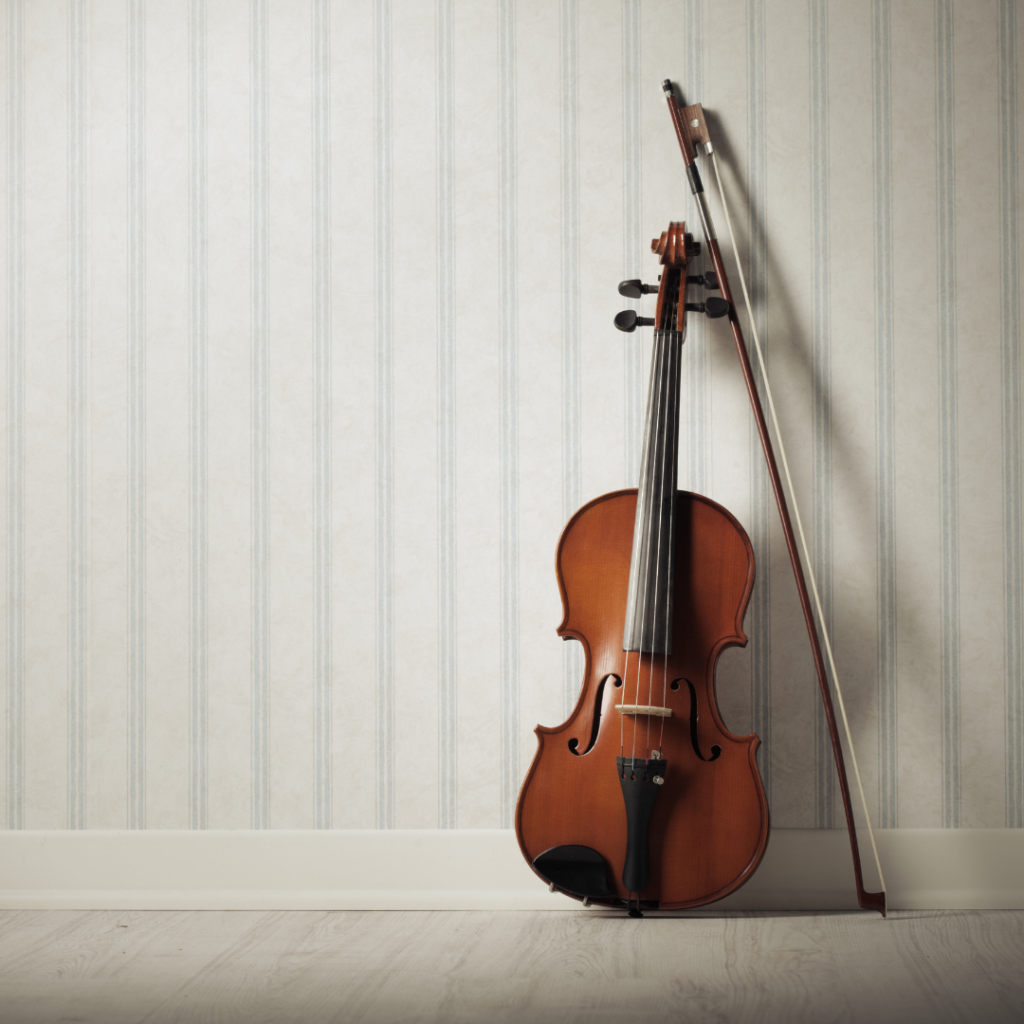
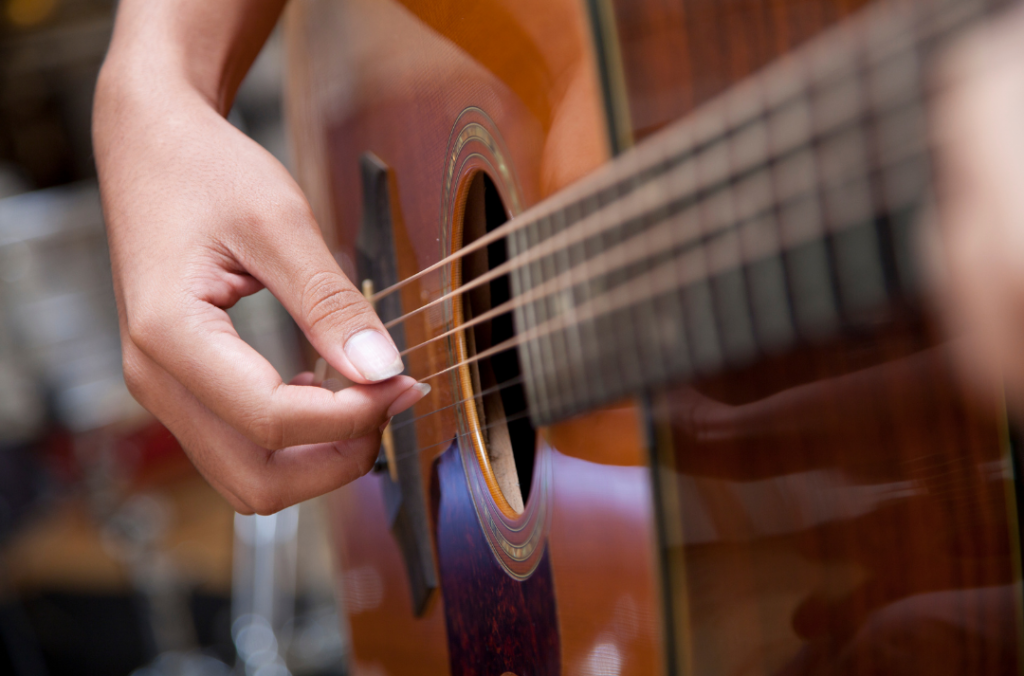

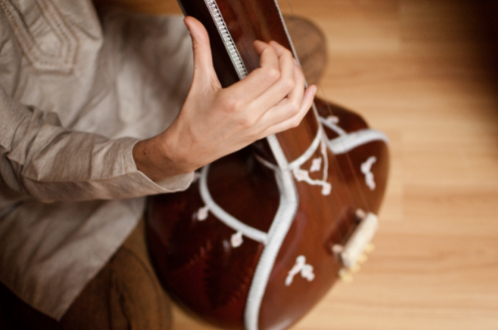
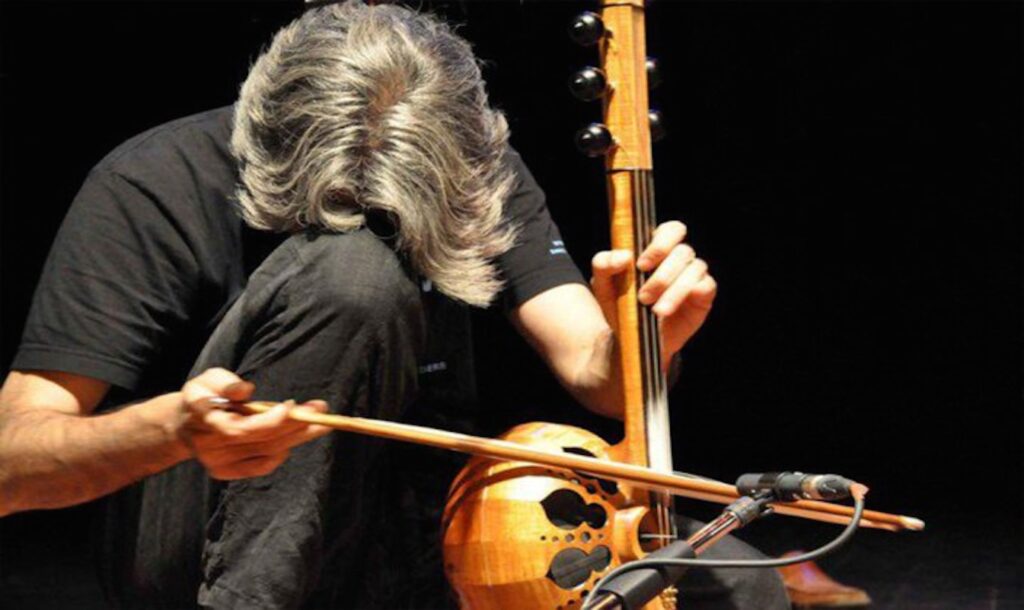

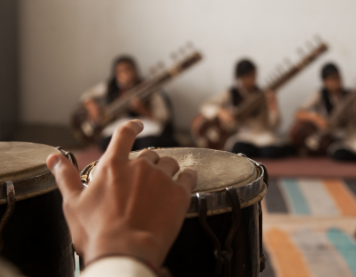
Traditional Instruments
At Golnar Academy, we teach a wide range of traditional music instruments, that are broadly classified into three categories: classical, Western and folk.
Each country has created magical instruments to let people hear their authentic sound and music. In Iran, the extraordinary artists carved wood patiently with their hands, added passion and value to bring Persian instruments to the world and let the whole world hear their adoring sound.
We have different Persian musical instruments with unique shapes and sounds, but they share some attributes. The delicacy is a bold element in Persian instruments. All of these musical instruments are delicate enough to make your souls fly out of your body and back to where they belong.
- Setar
- Santur
- Kamanche
- Tonbak
- Tanbur
